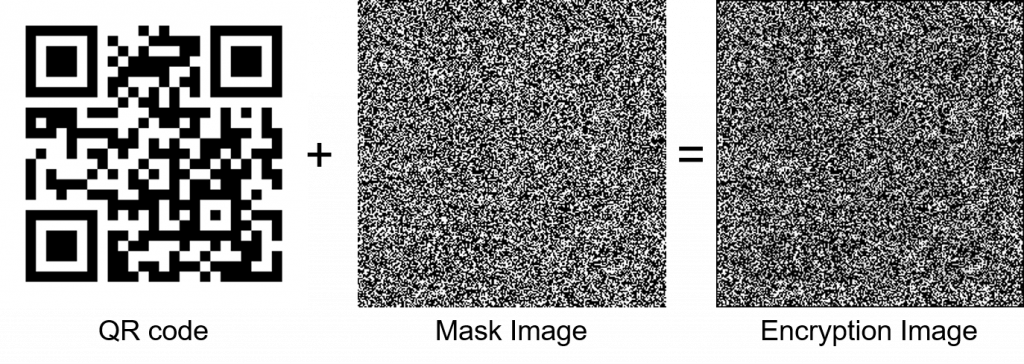Research on Scattering Media Removal
During fog and other adverse weather conditions, the risk of accidents due to poor visibility increases. As a countermeasure, our laboratory is researching a fog removal technique called Peplography. This technique removes only the fog information from the original image and emphasizes the remaining object information to achieve visibility under foggy conditions. This technology can be applied to automatic driving in bad weather conditions, and to securing the visibility of firefighters at the scene of a fire, making it a highly socially beneficial research project. For more details, click here.

Research aimed at improving the accuracy of medical diagnoses
One method of diagnosing diseases is to observe the shape of cells in blood and identify the disease state by the shape change. Based on this diagnostic method, we believe that obtaining more detailed information on the shape of cells can improve the accuracy of diagnosis, and we call the method of converting cell images taken with optical instruments into three dimensions through image processing Digital Holographic Microscopy (DHM). While conventional microscopes can only observe the surface information of cells, DHM allows us to observe information on the sides and underside of cells, which can greatly contribute to diagnosis.
In our laboratory, we are engaged in research on the environment in which cells are photographed, removal of noise contained in image processing, automatic cell detection using AI, and development of automatic disease diagnosis systems. For more information, click here.

Cellular image (red blood cell)

Three-dimensional red blood cells
Study on Obstacle Removal Using Integral Imaging
Integral imaging is one of the methods to reconstruct images with 3D information. 3D information is obtained by calculating disparity from 2D images acquired from various viewpoints.

In automated driving, obstacles such as roadside trees may be reflected in the camera, making it impossible to detect cars or people. Integral imaging can create a reconstructed image with obstacles removed by using the parallax of each image obtained at the time of shooting. This technique removes the obstacle from focus and complements it with images from multiple viewpoints to make it easier to observe the object behind it.
Our laboratory is also working on various other research projects, such as the creation of depth maps using integral imagery. For more information, click here.


Research on Cryptographic Processing of 2-Dimensional Bar Codes
QR payment, which is currently in widespread use, requires encryption for QR codes because there is a risk that the QR codes presented can be duplicated and used fraudulently by someone who steals the QR code. In this research, Poisson distribution is used as the encryption method. By combining the mask image generated using the Poisson distribution and the QR Code, encryption makes it impossible to read the QR Code even if it is stolen, thus making it possible to use QR payment more securely.
For more information, click here.

